The era of muscle cars is often romanticized as a golden age of American automotive history, defined by powerful engines, aggressive styling, and a rebellious spirit. As we look back at the last real muscle cars ever built, we explore the final chapters of a fascinating narrative that captured the imagination of car enthusiasts and the general public alike. This article delves into the characteristics and cultural significance of these iconic vehicles, examining why they are still revered today.
The Golden Age of Muscle Cars
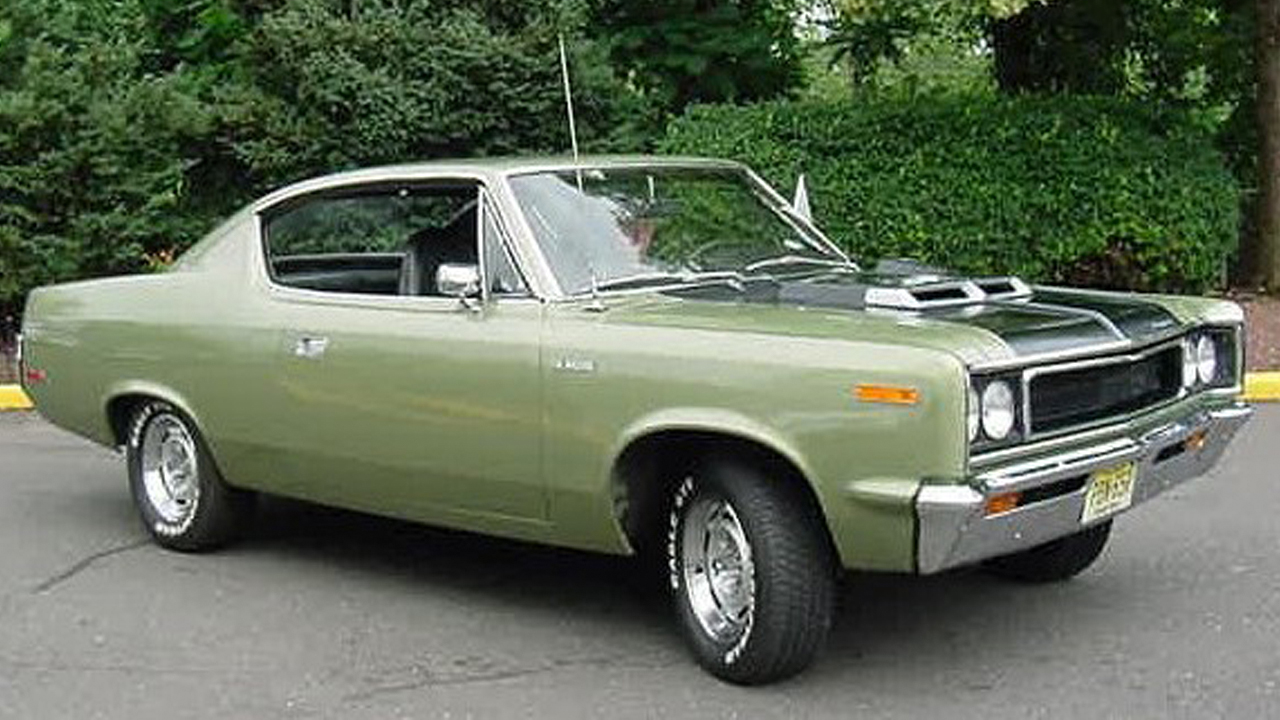
Muscle cars are defined by a set of unique characteristics that set them apart from other vehicles of their time. Typically, these cars featured high-performance, rear-wheel-drive configurations and were powered by V8 engines. The golden age of muscle car production is often pinpointed to the 1960s and early 1970s, a period where the raw power and aggressive design of these cars became a cultural phenomenon. Models like the 1964 Pontiac GTO and the 1970 Chevy Chevelle SS embodied the essence of what muscle cars were all about.
The cultural impact of muscle cars during this era was significant, influencing various aspects of American society, including music, movies, and media. They became symbols of freedom and power, capturing the imaginations of young people looking for a sense of rebellion and identity. These cars were not just about transportation but represented a lifestyle and an attitude that resonated with the youth of the time.
Technological Advancements and Challenges
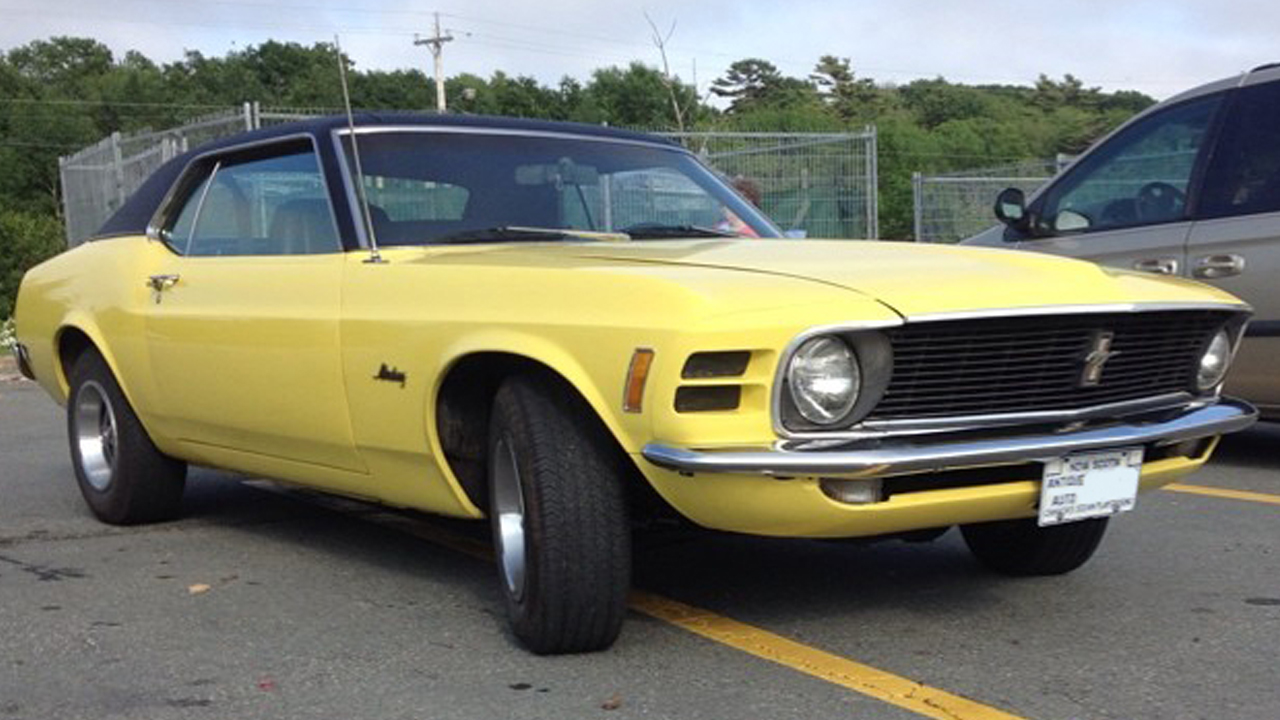
During the muscle car era, there were several key technological advancements that defined these vehicles. Manufacturers like Ford, Chevrolet, and Dodge were at the forefront of engineering innovations, pushing the boundaries of performance. The introduction of features like multi-barrel carburetors, high-compression engines, and improved suspension systems helped elevate the muscle car to legendary status. These innovations were instrumental in enhancing the driving experience and performance of these vehicles.
However, the muscle car industry faced significant challenges in the years that followed. The oil crisis of the 1970s had a profound impact on muscle car production, as soaring fuel prices and changing regulations forced manufacturers to adapt or cease production. Additionally, increasing safety and environmental considerations led to stricter emission standards, which further contributed to the decline of traditional muscle cars. As a result, many iconic models were discontinued or drastically altered to meet new standards.
The Final Models: Icons of an Era
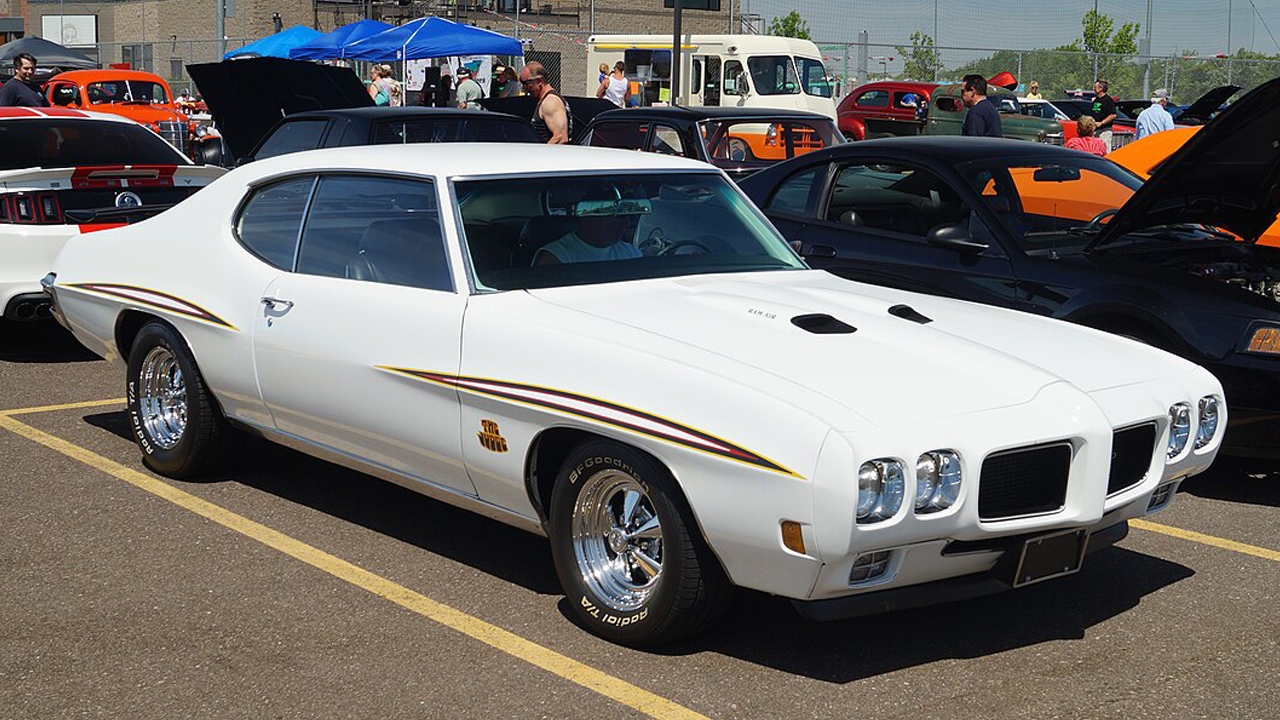
As the muscle car era drew to a close, several models emerged that are often considered the last real muscle cars ever built. Notable examples include the Pontiac GTO and the Chevrolet Chevelle SS, each representing the pinnacle of muscle car design and performance. These models stood out for their powerful engines, sleek styling, and the visceral driving experience they offered. The 1974 Pontiac GTO, for example, was one of the last models to carry the muscle car torch before the industry shifted focus.
Despite their decline in production, these cars remain highly sought after by collectors and enthusiasts. Their collectibility is fueled by their rarity, historical significance, and the nostalgia they evoke. Many of these models continue to influence modern car design and engineering, serving as a bridge between the past and present. The legacy of these final muscle cars lives on, celebrated by car enthusiasts around the world.
Muscle Cars in Popular Culture
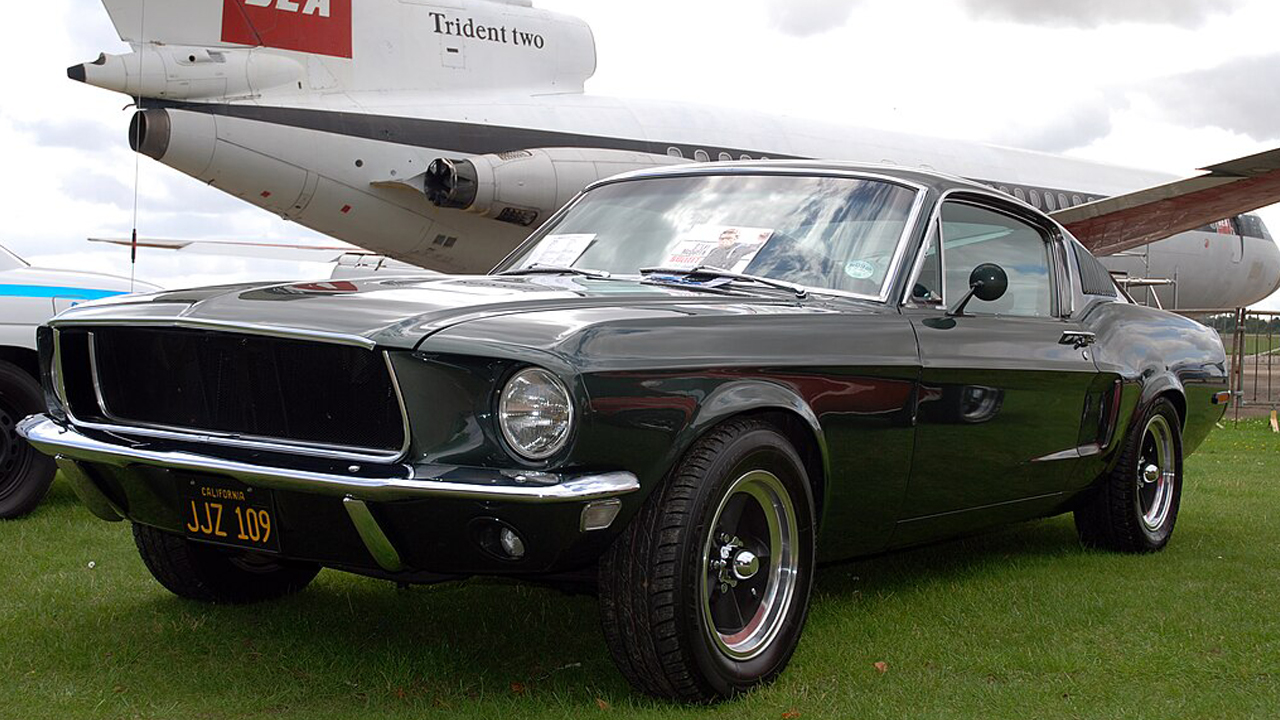
Muscle cars have left an indelible mark on popular culture, with their presence felt in movies, TV shows, and music. Films like “Bullitt” and “Vanishing Point” featured iconic muscle car chases that have become legendary in cinema history. These appearances helped cement the status of muscle cars as cultural icons, bringing their raw power and rebellious spirit to a wider audience. The depiction of muscle cars in media continues to fuel their mystique and allure.
The influence of muscle cars extends beyond media, impacting car enthusiasts and communities worldwide. Muscle car clubs and enthusiast communities play a crucial role in preserving the legacy of these vehicles, organizing events and gatherings that celebrate their enduring appeal. These events not only bring together like-minded individuals but also serve as a platform to showcase the craftsmanship and passion that goes into maintaining and restoring these classic cars.
The Modern Muscle Car Revival
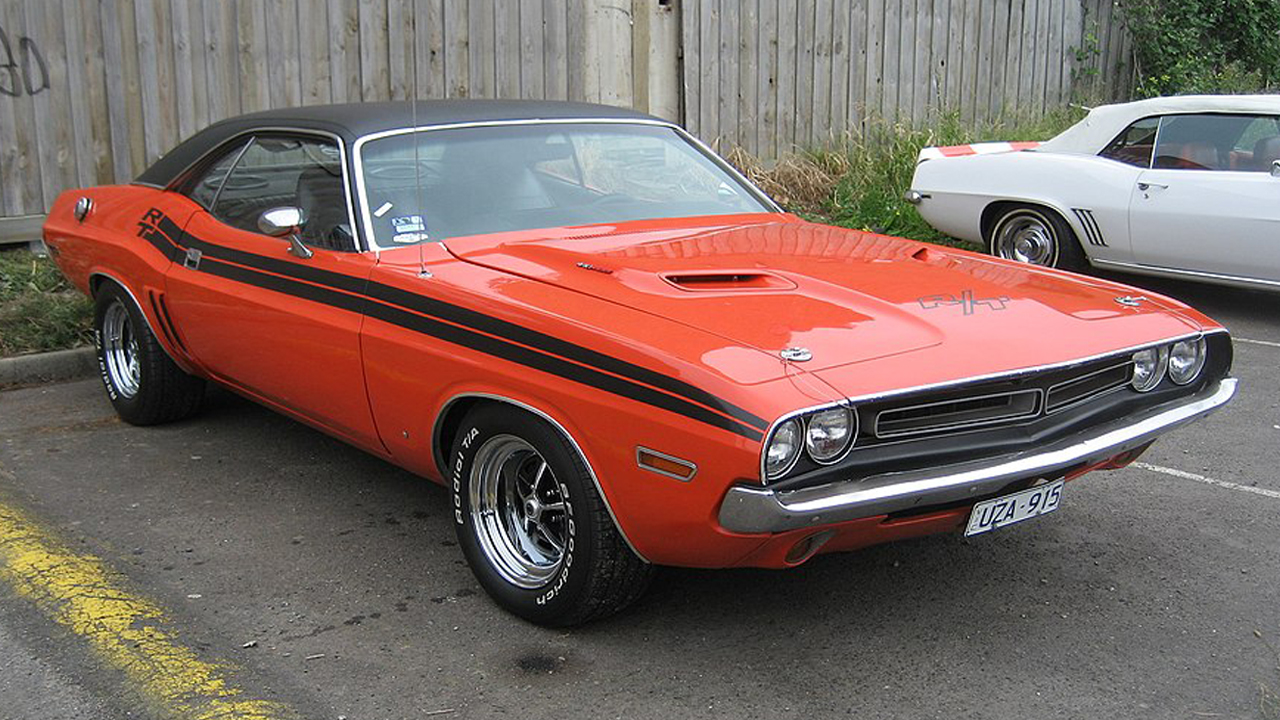
In recent years, there has been a resurgence of muscle car aesthetics and performance, as modern manufacturers seek to revive the spirit of these iconic vehicles. Contemporary models, such as the Dodge Challenger and Ford Mustang, embody the essence of classic muscle cars while incorporating modern technology and engineering. These new models offer a blend of nostalgia and innovation, appealing to both classic car enthusiasts and a new generation of drivers.
The future outlook for muscle cars remains uncertain as the automotive industry shifts towards sustainability and electric vehicles. However, there is potential for muscle cars to adapt and evolve, balancing nostalgia with modern advancements. Future designs may incorporate electric powertrains while retaining the distinctive characteristics that define a muscle car. As the industry continues to innovate, the spirit of muscle cars will likely persist, inspiring new generations of automotive enthusiasts.
Like Fast Lane Only’s content? Be sure to follow us.
Here’s more from us:
*Created with AI assistance and editor review.

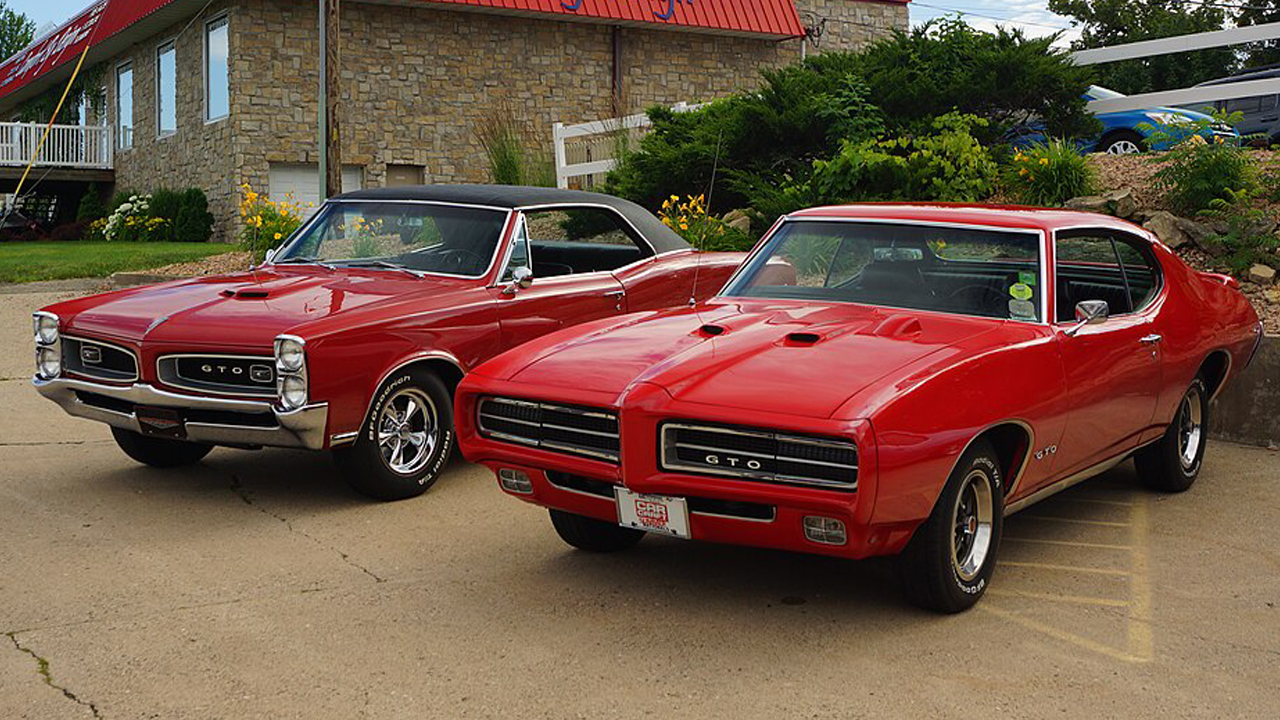
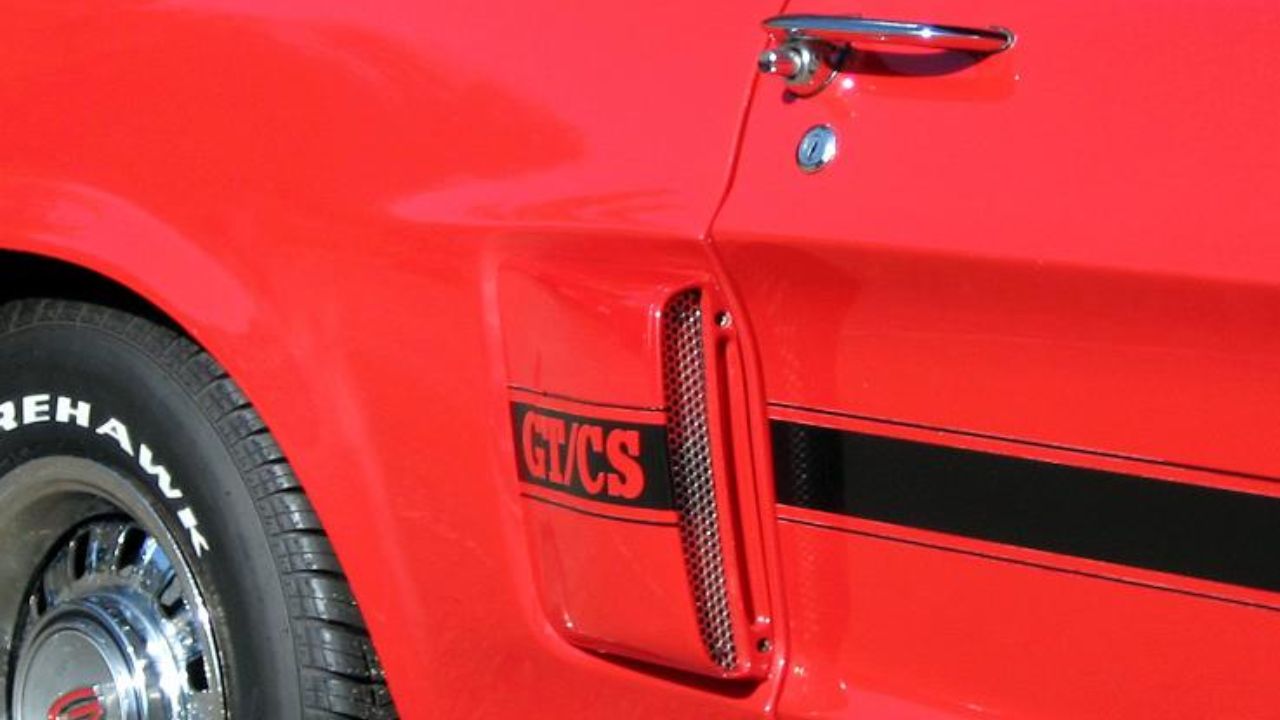
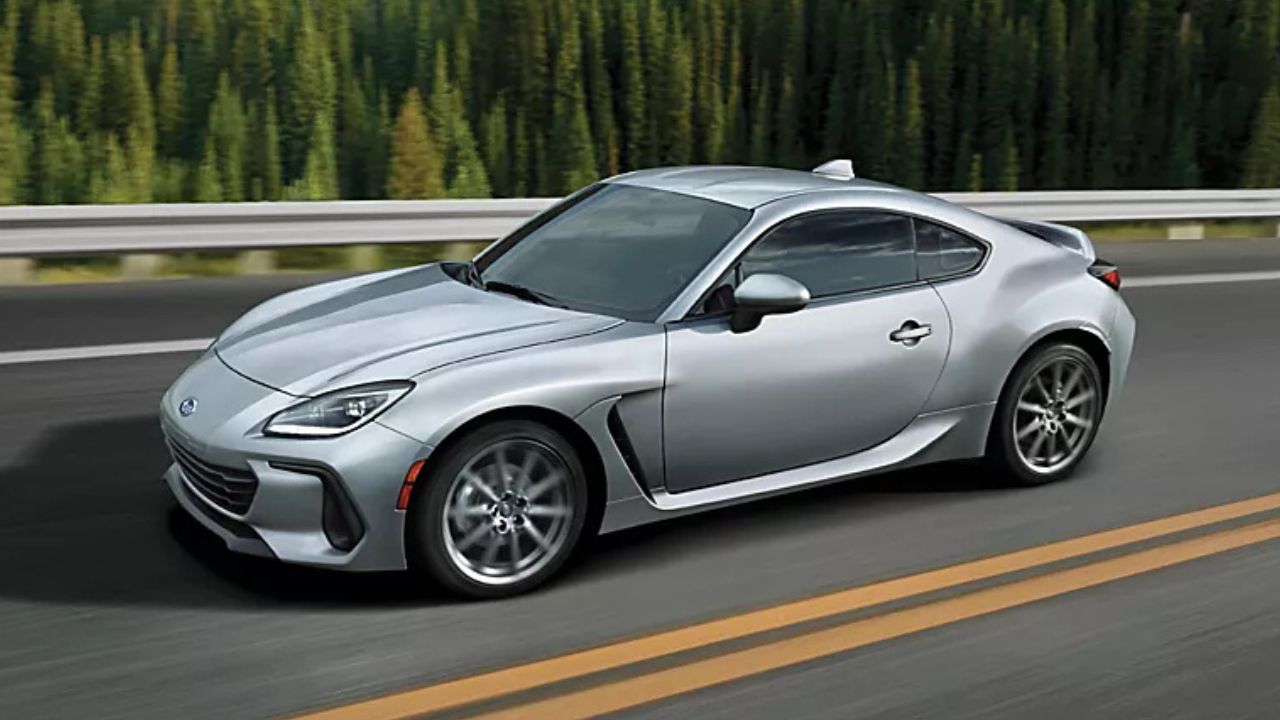
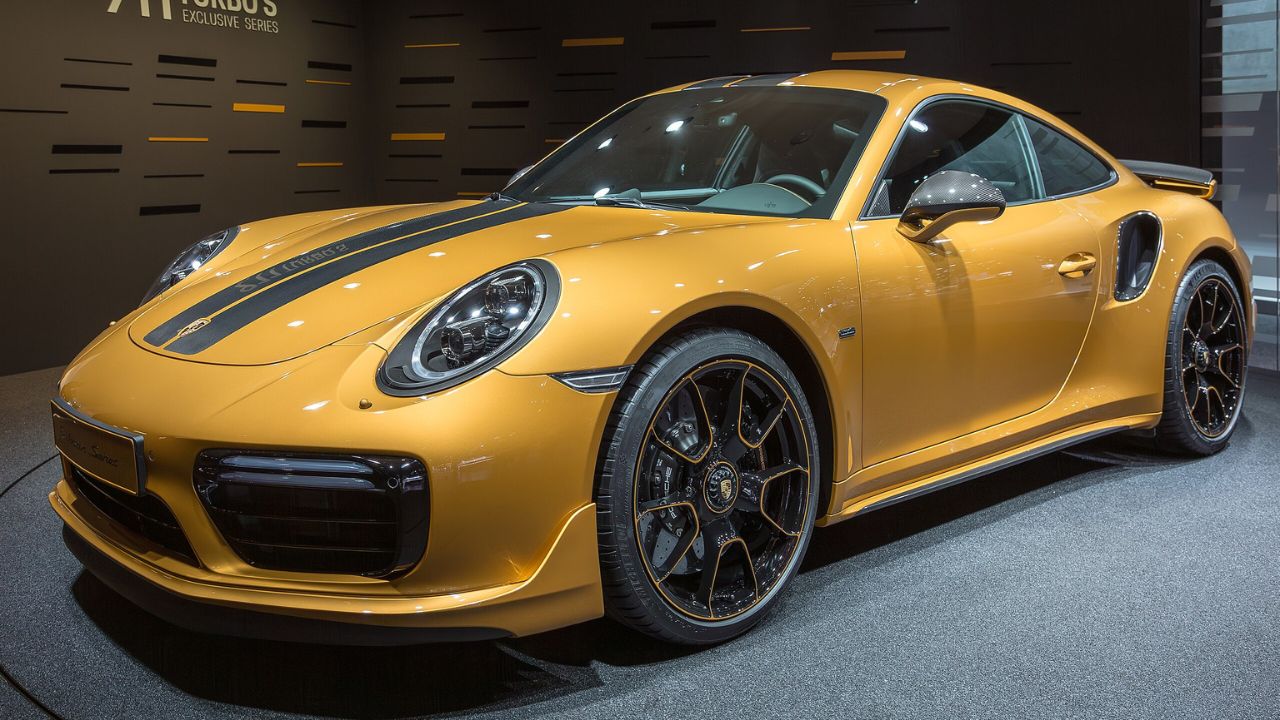
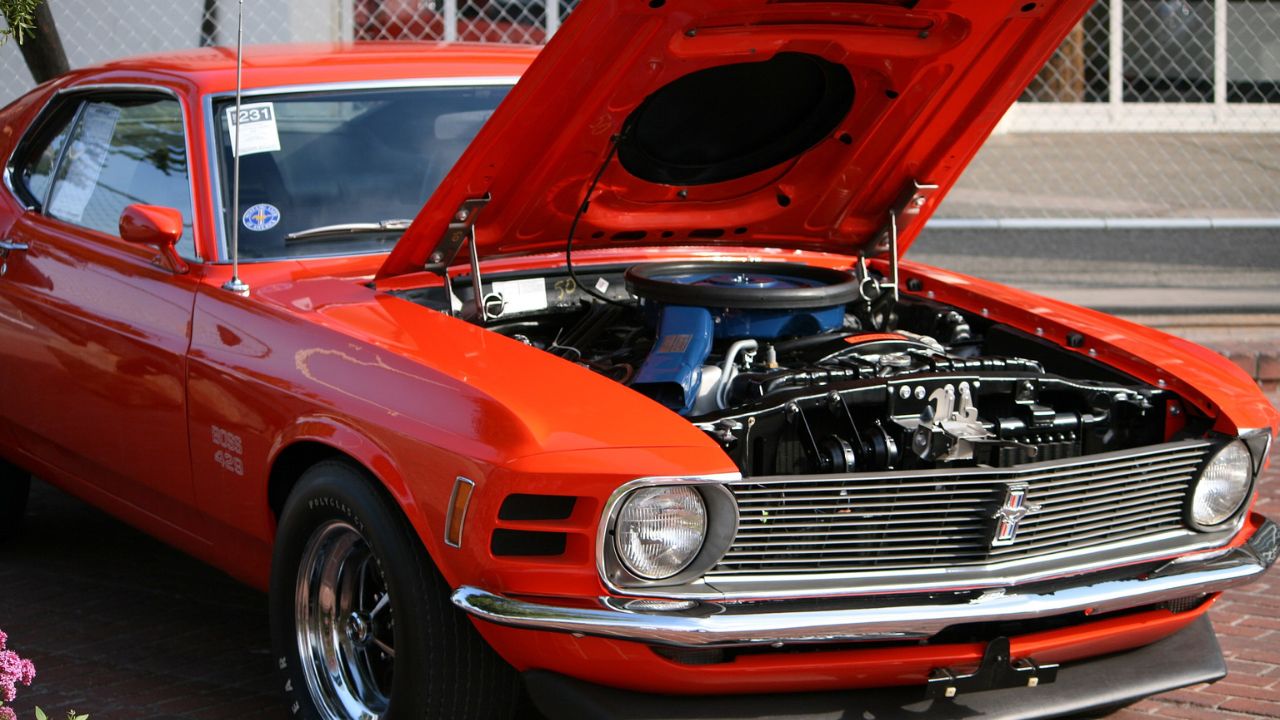
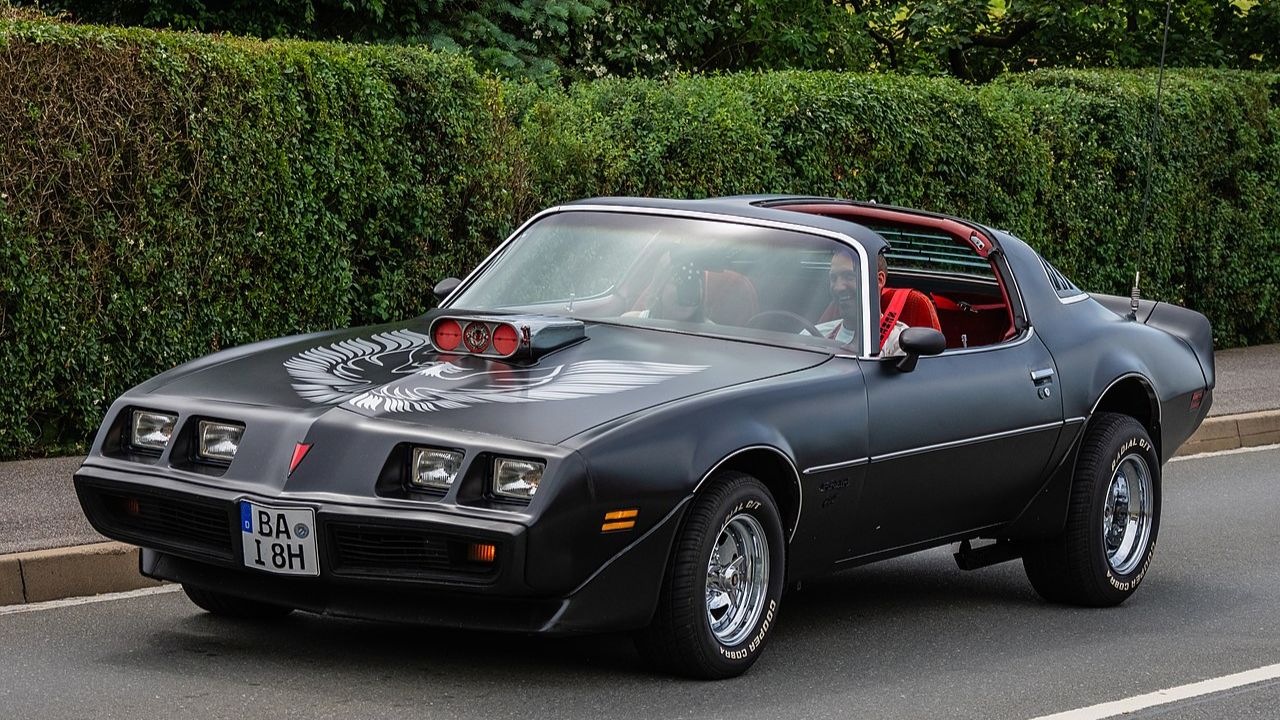
Leave a Reply